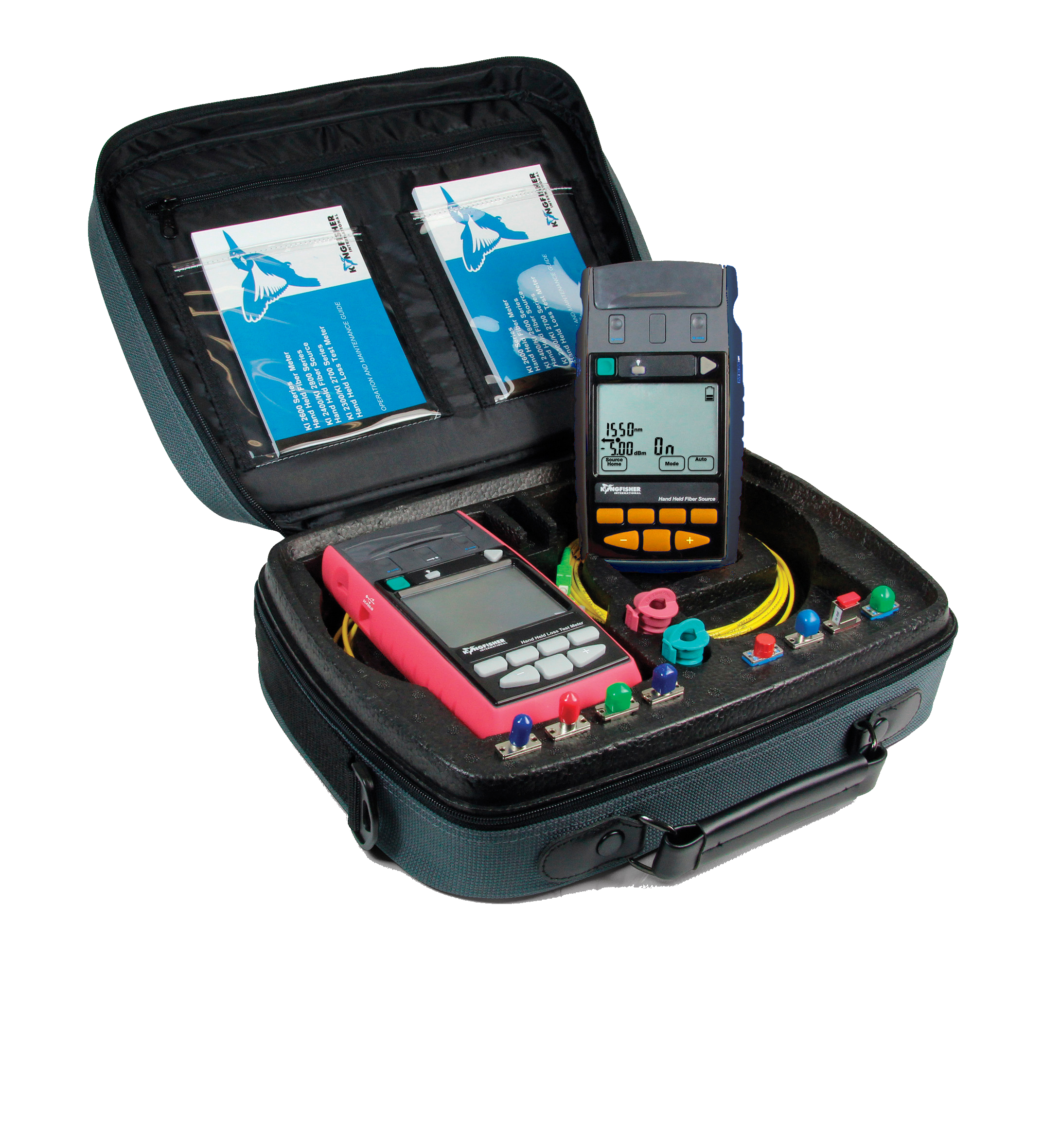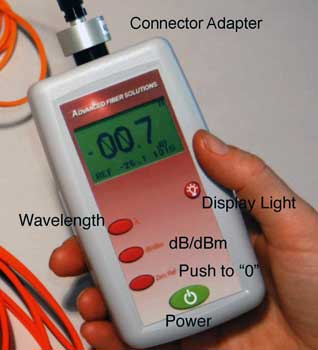Key features to look for when buying fibre testing equipment
Exploring the Influence of Robotic Vision on Modern Manufacturing Techniques and Quality Assurance
Robotic vision technology is changing the landscape of modern-day manufacturing and high quality control. By incorporating advanced imaging systems and man-made intelligence, makers can accomplish unprecedented levels of accuracy and effectiveness. This shift not just maximizes production processes however likewise addresses important obstacles in preserving item criteria. As sectors increasingly count on these innovations, the effects for future manufacturing practices stay to be completely discovered. What will this suggest for the competitive dynamics of the marketplace?
Understanding Robotic Vision Technology
Robotic vision technology works as the foundation of automation in modern manufacturing. It incorporates making use of cams, sensors, and synthetic knowledge to make it possible for robotics to analyze and react to visual information from their atmosphere. This innovation allows robots to determine, find, and examine items, making them efficient in doing complicated tasks such as assembly, examination, and material handling with accuracy. The integration of artificial intelligence formulas even more boosts the ability of robot vision systems, permitting them to adjust to differing problems and enhance gradually. By refining photos and information in real-time, robotic vision systems can help with quicker decision-making and minimize mistakes in manufacturing processes (fibre testing equipment). This innovation not just boosts functional effectiveness but additionally ensures that high quality standards are satisfied constantly. As the production landscape continues to develop, understanding the ins and outs of robotic vision modern technology comes to be essential for leveraging its possible fully
Benefits of Robotic Vision in Manufacturing
Robotic vision modern technology supplies substantial benefits in production by enhancing accuracy and precision in tasks such as quality control and setting up. This enhanced degree of information assurances that products fulfill stringent standards, minimizing waste and revamp. In addition, the assimilation of robot vision can lead to increased manufacturing efficiency, permitting suppliers to optimize their processes and accomplish higher result prices.
Enhanced Precision and Accuracy
In modern-day manufacturing, boosted precision and accuracy are vital for maximizing production procedures and making sure item high quality. Robotic vision systems enable equipments to execute intricate jobs with amazing uniformity. These systems utilize innovative imaging innovations to discover minute details and variants in products, elements, and ended up products. By evaluating visual information in real-time, robotic vision considerably lowers human error, bring about less issues and better criteria. In addition, enhanced precision in dimensions and placing facilitates much better positioning in assembly processes, which is crucial for elaborate styles. Ultimately, the combination of robotic vision not just strengthens the dependability of producing outputs however likewise cultivates self-confidence amongst customers regarding item stability and performance. This precision is vital in industries where quality is paramount.
Enhanced Manufacturing Effectiveness

Producers are increasingly turning to vision systems to increase manufacturing efficiency across different processes. These innovative systems enable real-time assessment and tracking, considerably lowering downtime triggered by errors or problems. By incorporating robot vision, firms can automate quality assurance, permitting faster recognition of concerns and minimizing the demand for human intervention. This results in structured process, as robotics can swiftly adapt to changes in production demands without sacrificing accuracy. Vision systems promote much better supply monitoring by precisely tracking components and products, making sure suitable source utilization. Ultimately, the fostering of robot vision not only improves effectiveness yet additionally adds to greater outcome prices, decreased operational expenses, and enhanced general performance in the production sector.
Enhancing Top Quality Control Processes
Robotic vision innovation significantly enhances quality assurance processes in manufacturing by using precision inspection techniques. These sophisticated systems assist in real-time problem discovery, making certain that products meet rigorous quality criteria. As an outcome, producers can lessen waste and boost total effectiveness.
Accuracy Inspection Techniques
Accuracy examination techniques have actually changed quality assurance processes in manufacturing, making it possible for the discovery of min problems that typical techniques may ignore. These techniques utilize advanced imaging innovations, such as high-resolution video cameras and laser scanning, to attain unmatched precision. By making use of robotic vision systems, manufacturers can automate evaluation jobs, ensuring regular efficiency and decreasing human mistake. The integration of equipment learning formulas additionally boosts these systems, enabling them to adjust and enhance gradually. Additionally, precision assessment helps with the recognition of refined variants in product measurements and surface finishes, which can substantially impact total product high quality. As a result, makers can execute corrective activities more quickly, ultimately resulting in lowered waste and improved customer fulfillment.
Real-Time Flaw Discovery
Using advanced imaging innovations, real-time problem discovery changes high quality control processes in manufacturing. By incorporating high-resolution cams and innovative formulas, producers can swiftly identify anomalies throughout production. This modern technology facilitates prompt corrective activities, lowering waste and boosting general effectiveness. Real-time systems evaluate products as they relocate along the setting up line, ensuring that flaws are discovered and attended to immediately manufacturing schedules. Furthermore, the application of machine understanding improves the precision of these systems, permitting them to adjust to new flaw patterns with time. Consequently, suppliers take advantage of improved item quality and decreased functional expenses. Ultimately, real-time defect detection not only enhances procedures yet likewise cultivates a society of continuous improvement in modern-day production atmospheres.
Real-Time Data Evaluation and Choice Making
In the vibrant landscape of manufacturing, real-time information evaluation encourages systems to make swift, informed choices. By leveraging sophisticated robotic vision modern technologies, manufacturers can collect and refine vast quantities of information instantaneously. These systems analyze aesthetic inputs to keep an eye on manufacturing processes, guaranteeing that any kind of variances from quality criteria are found and addressed promptly. Consequently, suppliers can maximize procedures by reallocating sources and changing operations based upon real-time understandings.
In addition, the assimilation of data analytics permits for predictive maintenance, where potential devices failings are anticipated prior to they interrupt manufacturing. This aggressive strategy decreases downtime and enhances general effectiveness. optical measurement system. The capability to make data-driven decisions in pop over to this web-site real time considerably reduces waste and enhances item top quality, allowing manufacturers to react to market needs quickly. As an outcome, real-time data evaluation not only enhances manufacturing however likewise cultivates a society of constant enhancement in contemporary manufacturing atmospheres
Difficulties in Executing Robotic Vision Equipments
Applying robotic vision systems in manufacturing provides a series of obstacles that can prevent their efficiency. One significant challenge is the complexity of incorporating these systems with existing machinery and workflows. Manufacturers typically encounter compatibility Visit Website issues with heritage devices, leading to raised costs and downtime. In addition, the irregularity in item forms, sizes, and materials can make complex the calibration of vision systems, necessitating considerable training and fine-tuning.
Another difficulty hinges on processing huge volumes of aesthetic data in genuine time. High-performance computing resources are important, which might call for more financial investment in framework. In addition, there is a scarcity of proficient workers with the ability of taking care of and keeping these sophisticated systems, leading to prospective operational ineffectiveness. Finally, making certain the dependability and accuracy of robotic vision systems under differing environmental problems positions a continual challenge. Addressing these problems is essential for optimizing the potential benefits of robotic vision in manufacturing.
Future Fads in Robotic Vision for Manufacturing
As developments in synthetic intelligence and device discovering continue to progress, the future of robotic vision in manufacturing appears increasingly promising. Arising patterns suggest a shift in the direction of a lot more sophisticated imaging technologies, such as 3D vision systems and hyperspectral imaging, which will improve accuracy in quality assurance processes. Assimilation with the Internet of Points (IoT) will make it possible for real-time information analysis, allowing robot systems to adjust quickly to adjustments in the helpful hints manufacturing atmosphere. The growth of joint robots (cobots) furnished with advanced vision capabilities is anticipated to assist in smooth human-robot communications, improving efficiency and safety and security on the manufacturing facility flooring. Additionally, the incorporation of side computing will empower robot vision systems to process data locally, lowering latency and enabling faster decision-making. These innovations will not just simplify producing procedures but also considerably boost product quality, positioning robot vision as a cornerstone of future commercial operations.
Often Asked Concerns
Exactly How Much Does Robotic Vision Modern Technology Commonly Cost?
Robotic vision modern technology typically costs in between $10,000 and $100,000, depending on the intricacy and specifications. Variables influencing price consist of sensing unit quality, software application capacities, and integration needs, making it crucial to examine particular task demands.
What Industries Are Many Impacted by Robotic Vision Developments?
Robotic vision advancements greatly influence sectors such as manufacturing, automotive, electronics, and food processing - fibre testing equipment. These fields benefit from enhanced automation, boosted quality control, and enhanced performance, causing streamlined operations and minimized labor costs
Can Robotic Vision Systems Be Integrated With Existing Equipment?
Robotic vision systems can indeed be integrated with existing equipment. This combination enhances operational effectiveness, enabling producers to leverage progressed modern technologies without the demand for total overhauls, therefore enhancing production processes and keeping high quality criteria.

What Abilities Are Called For to Operate Robotic Vision Equipments?
Operating robotic vision systems necessitates proficiency in programming, an understanding of maker discovering, knowledge of image handling techniques, and the capability to repair software and hardware issues, making certain seamless integration and excellent performance within making atmospheres.
Exist Any Kind Of Safety Worry About Robotic Vision in Production?
